
10 Most Important On-Page SEO Elements in Your ECommerce Site
Feb 04, 2023Making a positive contribution to your website's on-page SEO (search engine optimization) is one of the most effective tips to grow your business. Better ranking and revenue can be attained by performing on-page SEO optimization on individual website pages to enhance the customer experience and better communicate your information to search engines.
Start with a small selection of pages and perform an on-page SEO assessment on them. Although each individual modification only entails a tiny change, if you optimize for each of the crucial on-page components, your modifications can have a significant impact.
What is SEO for eCommerce?
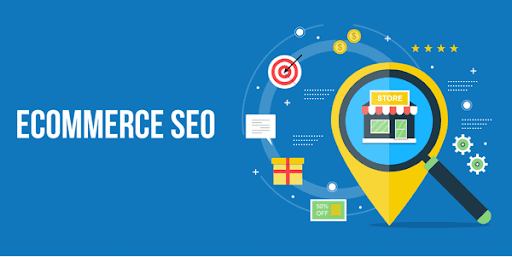
The process of optimizing your website so that it shows up higher in search results is known as search engine optimization, or SEO.
For instance, if a prospective consumer is shopping for your item online, they often begin by looking it up on search engines like Google to evaluate the prices and features of other products available on the market, read reviews, and look up suggestions and recommendations. Therefore, if you adhere to SEO best practices, your eCommerce site will rank highly when this user searches for your goods, increasing the chances that they will make a purchase from your business.
However, the SEO tactics of content-centric websites differ from those of eCommerce websites. This is due to the fact that the aims of an eCommerce website for site visitors differ from the objectives of, say, a news website.
While a news website expects visitors to spend a significant amount of time viewing a page and engaging with it by reading linked articles, discussing, and sharing material on social media, an eCommerce website expects visitors to add things to a shopping cart and make transactions.
What is on-page SEO?

On-page SEO for eCommerce stores, as the name implies, involves optimizing various components of your website to add more value to the consumer, which helps you rank better in search results. This involves, among other things, keyword improvement, increasing the speed of your website, and simplifying its architecture.
Off-page SEO, in contrast, is the process of optimizing elements outside your website, such as boosting the number of backlinks going to your website and expanding your social media reach. The goal of these operations is to boost your site's domain authority, essentially convincing Google that you're a trustworthy resource. Additionally, you will rank higher in the SERP as a result.
It's critical to remember that eCommerce websites are vulnerable to poor search engine rankings because numerous websites selling the same or similar items have comparable product descriptions and titles. As an eCommerce business owner, you must focus on both on-page and off-page SEO to differentiate your company and items from the competition.
Why is on-page SEO so crucial?
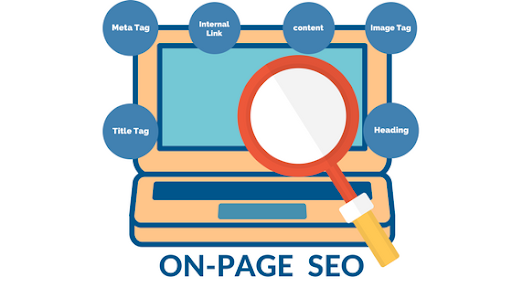
On-page SEO is considered one of the most essential and successful methods of increasing your website's rankings in search engine results pages (SERPs). Search engines, such as Google, utilize a variety of elements to decide if a website is relevant to a searcher's query, and on-page SEO assists search engines in understanding your website and the information associated with it.
Search engine optimization (SEO) aims to enhance the consumer experience by ensuring that a website's pages are correctly identified by search engines. Google's algorithm, for example, has evolved and will continue to evolve over time. Utilize complex on-page SEO strategies to keep your website up to date with current algorithmic changes.
An improperly optimized website will never attain its full potential. A website, like a physical store, must be planned and created in such a way that it is both aesthetically beautiful and functional. This indicates that everything from the site's layout to the metadata must be meticulously prepared and executed.
Fortunately, several resources are available to assist organizations in achieving very effective on-page optimization. Businesses may guarantee that their sites are ready to engage both visitors and search engine crawlers by investing the time to learn about quality standards and applying them to their own sites.
10 Most Important On-Page SEO Elements in Your Ecommerce Site
1. Keywords

Keywords or key phrases are essential components of a successful on-page SEO strategy. They relate to the search item(s) entered by an Internet user on a search engine site. These words describe an object or a specific answer to a user's problem.
A really effective on-page SEO approach takes keywords into account in the following context:
- The title tag has to include keywords. Title tags assist search engines in understanding your web page and determining the relevancy of your content to the search query. Have included the keywords at the opening of the title as often as feasible.
- Keywords must be included in the meta description. Meta descriptions are valued by search engines as well. Furthermore, the searcher sees meta tags before clicking the link.
- Keywords must also be included in the URL. When creating the URL for your page, include the keywords, preferably at the beginning of the slug. The URL must be concise while still containing the necessary keywords.
- Keywords must appear in the opening paragraph. Make sure the readability is good and that it suits the overall flow of information in the material.
- The ALT tag must also contain keywords. Whenever the cursor hovers over a photo, the ALT tags relate to the image title. This method enhances the visibility of your content via images, which is important when search engine websites rank your web pages during a query.
2. E-A-T (Expertise-Authority-Trustworthiness)
The most recent modification to Google's Quality Rater Guidelines is E-A-T. E-A-T must not be overlooked because it has emerged as the most significant on-page SEO component. First, learn the definitions of the three letters in E-A-T:
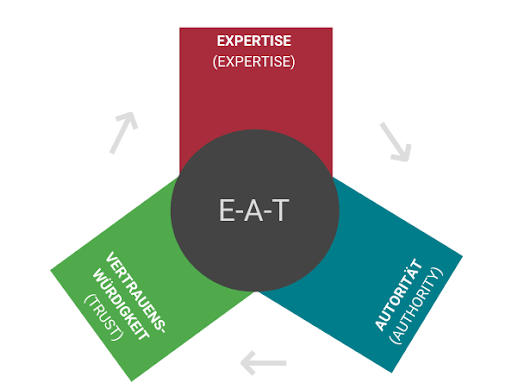
Expertise: Was the content created or authored by a professional? Does the author possess solid subject knowledge?
Authority: Is the source of the content reputable? Can we rely on the information's veracity?
Integrity: Is the source open and honest about who it is? Can we get in touch with the author if necessary?
Essentially, Google wants you to produce informative material for users. Google will improve your ranks and organic search performance if your material is of high caliber. Therefore, you must E-A-T-optimize your web pages. Here are a few pieces of advice:
- Obtain links and mentions from authoritative websites
- On your website, provide a contact page.
- Post incredibly thorough and educated stuff.
- Include information about the author in the text.
- Obtain more favorable user testimonials
- Increase your internet visibility
3. Title Tags
The title tag displays below the URL but ahead of the meta description in search engine results. Title tags ought to be eye-catching, on-brand, and keyword-optimized.

Metadata optimizations are, in theory, the most basic of chores. In reality, though, creating title tags and meta descriptions is much more of an art than a scientific one.
The principles of title tags are straightforward, but the method is complex. Keep in mind that although it's generally accepted that title tags should not exceed 60 characters, you should strive for 51 to 55 characters to increase the chance that Google won't rewrite them. Click-through rate research also suggests that you can slash that character limit in half. In case that wasn't hard enough, SEO regulations state that you should utilize your accurate query, but your brand voice standards may require you to be humorous and casual, making it impossible to work those keywords organically. Fortunately, you can strike a balance.
A great title tag, like a brilliant tweet, has an "it" element. Take the extra effort for your most critical landing pages to ensure that your title tags check the following boxes:
- Utilize your target audience's language, preferably with an exact-match keyword.
- Speaks to the search purpose of your intended audience, because some page views are more important than others.
- Eye-catching and on-brand, to keep making every impression matter
- Faithful to the content because an incorrect title will ruin your bounce rate.
4. Content

Make the material appropriate to the keywords and potential search queries that you've identified. It is also critical to tailor your copy to your intended audience. Make sure the information you include in your content is beneficial and addresses your client's concerns.
It is critical to have a suitable content length for highly efficient on-page SEO. According to Yoast, material with at least 300 to 1,000 words has a high chance of being found by Google and other search engines. Longer content enhances the likelihood that search engines will find you since these sites contain sufficient information to browse through. The less information that is accessible, the shorter the content.
It is also essential to avoid spinning content found on the internet. There is a lot of content available these days, and it is easy to replicate it. However, you should avoid duplicating or spinning content just to have anything to submit. Make your material stand out by doing your own thing.
5. Heading Tags
One of the most important on-page SEO factors is the use of heading tags. They are, once again, a piece of HTML code that allows users and search engines to understand what is on a page.

Headline tags are classified as H1, H2, H3, and H4... tags. H1 is the headline, H2 tags are subheadlines, and H3, H4, and so on are used for additional subsections. Heading tags are an excellent method to divide up text and make it easier for the reader to skim. They also assist a search engine in understanding the structure of your website.
Tags are killer places to put keywords. Obviously, your H1 and H2 headings should contain your major keywords, but if you have additional terms or phrases to target, include them in the H3, H4, and H5 headers, sit back, and profit.
6. Page Speed
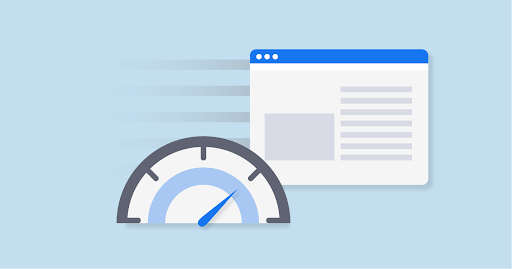
Waiting for a website to load is the one thing that we all truly despise when browsing the internet!
Therefore, web pages need to be optimized for speed. They must shorten the time it takes for the user to see the content of a web page. Viewers will quit the specified website if the page's loading time increases. The customer's history is negatively affected, which lowers website traffic. Most website auditing tools, including the free website analyzer provided by RankWatch, will highlight concerns with your site's page speed. They'll also assist you in coming up with smart ways to increase the speed of your page.
Generally, users can speed up their pages by
- Video and image compression
- Deaerated JavaScript, HTML, and CSS files
- Fewer redirects
- Using lazy loading
- Utilizing cache in the browser
- Applying a CDN (Content Delivery Network)
- You can indeed carry it out. Your on-page SEO will be enhanced by having a fast page.
- Visitors don't rebound, and SEO efforts are successful.
7. Optimized internal links with anchor text
Internal linking is a low-effort but a very effective on-page SEO enhancement. We appreciate internal links from a search standpoint since they allow link equity to flow throughout the website and you can optimize affiliate links to the destination page. And as an extra bonus, they make the purchasing process easier, which benefits your revenue and conversion numbers.
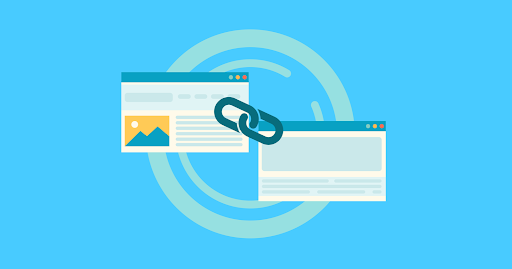
Internal linking improvements must abide by two principles:
- Use your target keywords or other semantic terms to improve the anchor text.
- Select link placement carefully.
When brand requirements are severe, SEO experts often turn to anchor text optimization because internal linking optimizations are easy to market to most customer teams. Most parties can agree that adding links from the top of the Funnel Material to the Bottom of the Funnel Content is a good idea, particularly if your website has a mix of "I want to know" and "I want to buy" content.
8. Image Optimization

Since images draw visitors to websites more effectively than any other tool, you undoubtedly already have images for each product page on your website.
A succession of in-depth images showing a product from all sides and angles gives a customer the impression that they have a thorough understanding of the item they are buying. They are less likely to request a refund in the future the more assured and knowledgeable they are about their purchase. The number of images enhances client loyalty and improves the shopping experience.
While it is essential to have a number of images on each product page, usability should also be taken into consideration. Make sure to keep an eye on this and make adjustments as needed because product image size takes up a lot of space and can impede page speed.
9. Meta Description
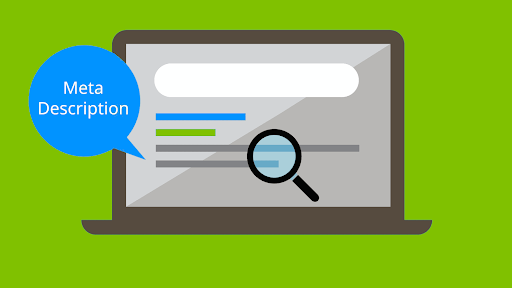
The brief paragraph that appears in search results under the title tag is known as the "meta description," to put it simply. During the search process, it gives Google one more signal of relevancy. Although it doesn't have the same impact as the title tag, it still has a significant impact on how well your website does in searches.
Google uses the meta description to present a succinct summary of the search results. Increase your search ranking points by using your most crucial keywords in the description.
A meta description should be no longer than 230 characters. Search engines truncate sentences that are longer than that.
Despite their comparatively limited usage in SEO, they can have two crucial advantages: they can aid Google in understanding the purpose of your website, and more significantly, they have a massive effect on your CTRs.
10. SEO Writing
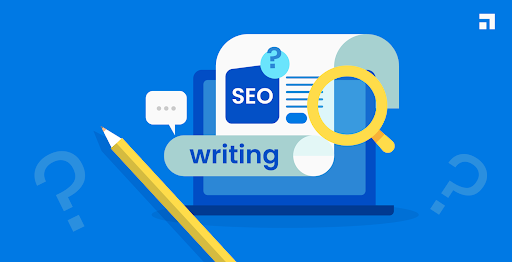
To improve rankings, content must be optimized. The cornerstone of SEO is content, and thoughtful planning and content creation improve the user experience.
Additionally, it directly influences rankings, and well-written material affects rankings in a variety of ways. Both the relevance and the quality of the information should be good. There is more to crafting good content than just including keywords. A page's relevancy and ranking are increased by having useful material on it.
Synonyms and semantically comparable words can be digested by Google, therefore packing the keyword is not effective SEO writing. To create content, one must possess a thorough understanding of SEO and a strong writing talent. Content of a high caliber naturally impacts search visibility and ranking. Furthermore, it improves search engine optimization for websites.
The most significant criterion used by search engines to evaluate web pages is content. Effective content organization can enhance ranking.
Conclusion
There are many eCommerce platforms on which you can build your business. Some of the most popular platforms are WooCommerce and Shopify. In case you want to promote your WooCommerce store organically, you not only need to have solid SEO knowledge but also know how to choose an attractive and SEO-optimized WooCommerce theme. And the secret to success is providing each component of SEO the same amount of attention.
It can mostly improve visibility, which is a crucial component of an effective SEO strategy. But you must keep in mind that SEO entails a number of sustained efforts.
Now that you are aware of all the crucial components that might impact the ranking, it is up to you to experiment with them in order to improve the performance of your website. Comment below and let me know how you plan to use these on-page SEO strategies.

